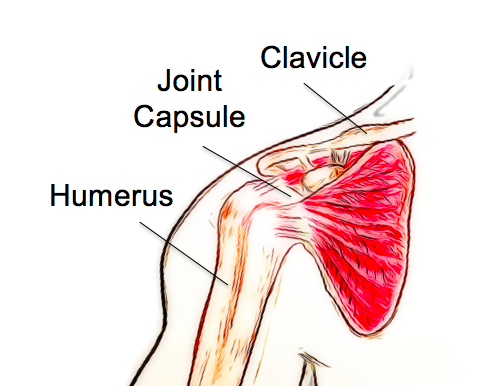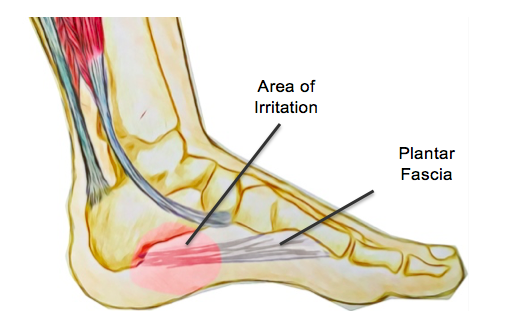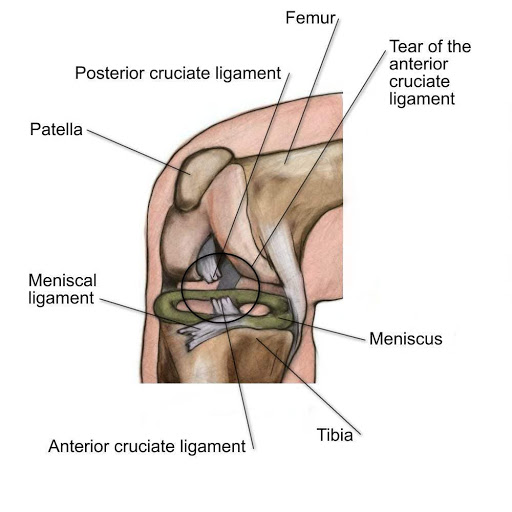
What Is Frozen Shoulder?
Frozen shoulder, also known as adhesive capsulitis, is a condition affecting the joint capsule of the shoulder. It is characterized by inflammation of the capsule, leading to pain and stiffness with shoulder movements.

Frozen shoulder, also known as adhesive capsulitis, is a condition affecting the joint capsule of the shoulder. It is characterized by inflammation of the capsule, leading to pain and stiffness with shoulder movements.

Shoulder instability is a term used to describe a weakness in the structures of the shoulder that keep the joint stable, often leading to frequent dislocations. As one of the most flexible joints in the body, the shoulder maintains stability through a balance of support between the dynamic structures (muscles and tendons) and static structures (ligaments and joint shape).

Chronic ankle instability, as the name implies, is a chronic condition of instability affecting the ankle and it’s surrounding structures. It usually develops after a severe ankle sprain. However, some people are born with less stable ankles; these individuals are generally extra flexible throughout their bodies. Approximately 20% of ankle sprains lead to chronic ankle instability due to the resulting changes in ligament support, strength, postural control, muscle reaction time and sensation.

Plantar fasciitis is a common condition of the foot and heel affecting both athletes and members of the general public. The plantar fascia is a fibrous band of tissue that attaches to the base of the heel and supports the muscles and arch on the base of the foot. When the plantar fascia becomes chronically irritated, it is referred to as plantar fasciitis.

The ACL, or anterior cruciate ligament, is a strong piece of connective tissue, which attaches the thigh bone (femur) to your leg bone (tibia). The ACL provides stability to the knee joint as it prevents the tibia from sliding forward relative to the femur.

Physiotherapy treatment can be life changing, helping you recover from traumatic injuries, chronic pain and get you on the road to your best performance levels. Here are a few tips to make sure you get the most out of your physiotherapy treatment.